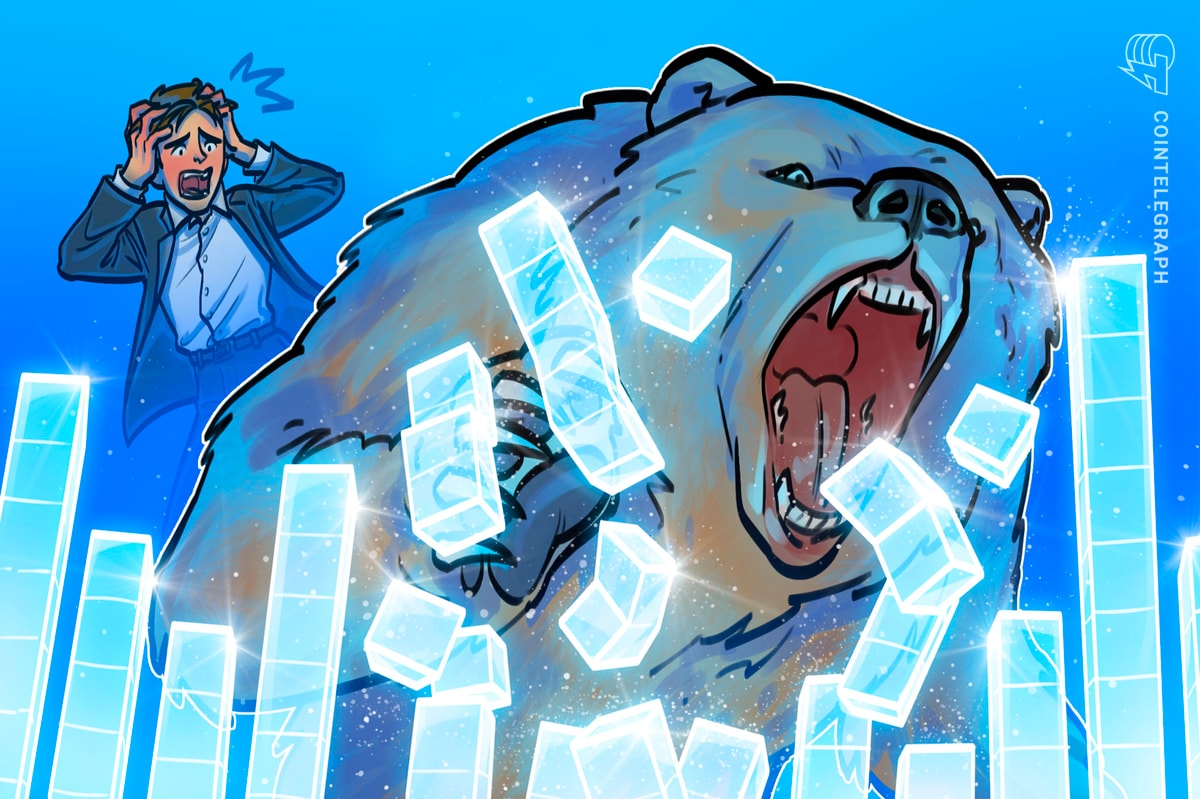BNB Chain’s native token, BNB (BNB), rose 4.1% from October 10 to October 11, showing resilience after briefly testing the $555 support level. BNB prices have remained relatively stable since July despite the broader altcoin market falling 15.6%. These achievements make BNB the third-largest cryptocurrency with a market capitalization advantage of $15 billion over Solana (SOL).
Activity on the BNB chain is decreasing and this could cause problems for the BNB price.
Activity on the BNB chain’s Ochain has fallen 37% over the past week, raising investor concerns about the sustainability of BNB’s recent performance. Traders are on the lookout for Ethereum’s Layer 2 scaling solutions, especially following the launch of the Base network, which offers fast and very low-cost integration with Coinbase, a leading exchange and Web3 wallet provider in the US.
It could be argued that the value of BNB is driven in part by the services provided by the Binance exchange, including exclusive launchpad access and discounted trading fees, which could reduce the need for using BNB on the BNB chain itself. However, beyond network transaction fees, BNB is widely utilized across decentralized applications (DApps) in the ecosystem for trading, staking, yield farming, real-world assets (RWA), lending, launchpad, gaming, and derivatives markets.
To assess whether activity on the BNB chain is actually supporting the BNB price, it is important to examine on-chain deposits and network fees as key indicators.
BNB Chain Total Locked Value (TVL) and fees (BNB terminology). Source: DefiLlama
Currently, the total value locked (TVL) of the BNB chain is 8.1 million BNB, virtually unchanged from two months ago. However, during the week ending October 7, network fees fell to their lowest level in more than four years. Cumulative fees during the period were 1,880 BNB, a significant decrease of 56% compared to the previous week.
The decrease in fees is primarily due to a 25% decrease in DApp volume on the BNB chain, which could be a potential concern for the BNB price outlook. Notable underperformers include PancakeSwap, which saw a 25% drop in weekly trading volume, and Uniswap, which saw a 22% drop. By comparison, Ethereum DApps saw a 9% drop in volume over the same period, while Solana saw a 15% drop in on-chain activity, according to DefiLlama.
Blockchains ranked by 7-day on-chain transaction volume (USD). Source: DefiLlama
Regarding deposits, Ethereum’s TVL is 19.2 million ETH, unchanged from two months ago. Meanwhile, Solana’s network TVL surged to its highest level in two years, up 26% over the past two months to 40.9 million SOL. Essentially, activity on the BNB chain is lagging slightly behind its peers, which does not support BNB’s recent outperformance in the broader altcoin market.
How sustainable is Binance Launchpad?
In addition to factors limiting BNB price growth, there has been significant criticism surrounding Binance’s listing fees. According to BitMEX co-founder and former CEO Arthur Hayes, token issuers will be required to purchase and hold up to $5 million worth of BNB and contribute up to 16% of the token supply.
source: challenging
Ignas, co-founder of Pink Brains DeFi Creator Studio, suggests that Ethereum layer-2 Scroll could have launched its tokens through a decentralized launchpool, allocating only 5.5% of the supply for liquidity incentives. This approach could stimulate ecosystem activity and eventually force major centralized exchanges (CEXs) to voluntarily list the token. Ignas argues that paid CEX listings create little incentive for long-term holding.
relevant: Web3 Momentum Accelerates at Binance Blockchain Week 2024 in Dubai
Amid this criticism, other market analysts have expressed concerns about the recent lackluster token launch on Binance. In particular, Hamster Kombat (HMSTR), Catizen (CATI), and DOGS have experienced significant negative price action, according to X user ZerebusX. He said, “This is not the Binance we know and not what CZ wanted Binance to be. ”
As a result, the BNB price outlook is influenced by depressed activity on the BNB Chain and broader sentiment towards Binance’s exchange services, including its Launchpad offering.
This article is written for general information purposes and should not be considered legal or investment advice. The views, thoughts and opinions expressed herein are those of the author alone and do not necessarily reflect or represent the views and opinions of Cointelegraph.

